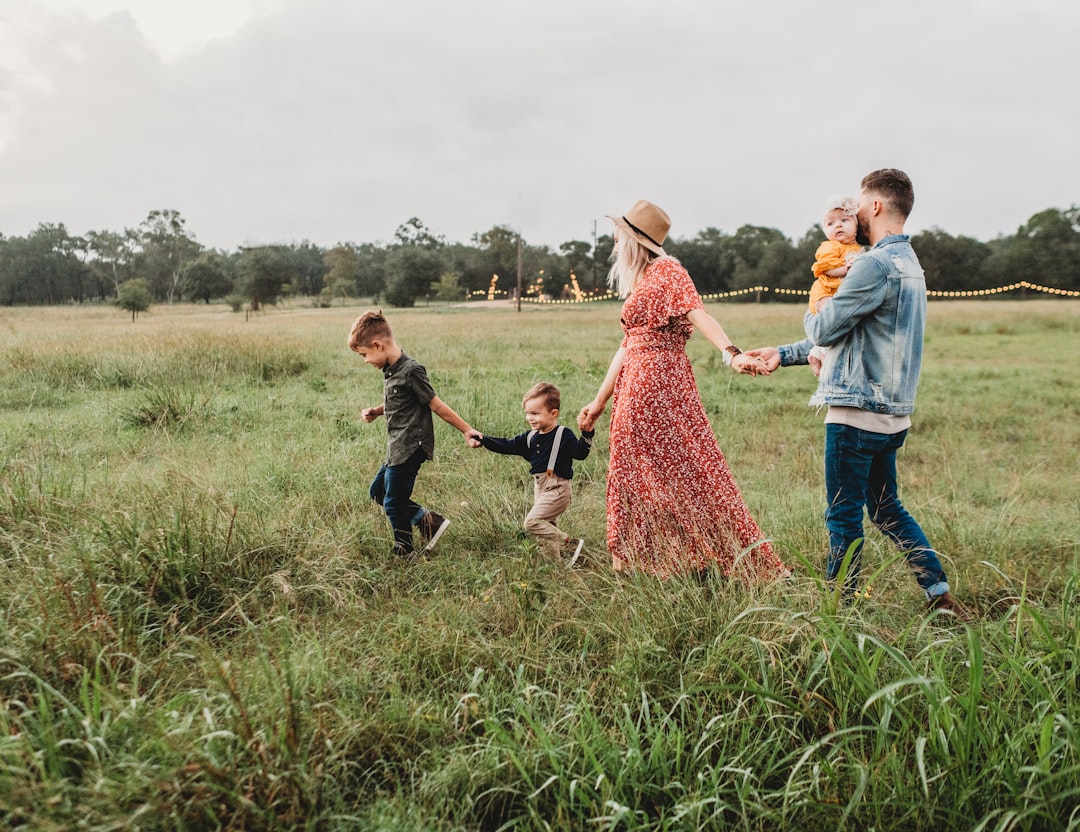 Photo from Unsplash
Photo from Unsplash
Originally Posted On: https://bippermedia.com/sponsored-content/exploring-the-wonders-of-life-teaching-young-children-about-plant-and-animal-growth/
Exploring the Wonders of Life: Teaching Young Children about Plant and Animal Growth
In a world filled with technological advancements and fast-paced living, it is crucial to instill in our young children an appreciation for the wonders of life that surround us. Teaching them about the intricacies of plant and animal growth not only fosters a sense of curiosity and wonder, but also helps them develop important scientific knowledge and skills from a young age.
In this article, we will explore the various ways in which educators can engage young children in learning about the remarkable processes of plant and animal growth. From hands-on experiments to interactive lessons, there are countless ways to spark their interest and cultivate a deeper understanding of the natural world. Join us on this journey as we delve into the fascinating realm of botanical and zoological development, inspiring our youngest learners to marvel at the beauty and complexity of life on Earth.
Plant Life: From Seed to Flower
- Seeds: Plants start from tiny seeds, which contain all the information needed to grow. When planted in soil and given water and sunlight, seeds begin to sprout.
- Growth Stages: As plants grow, they develop roots for absorbing water and nutrients from the soil. Leaves emerge to capture sunlight for photosynthesis, where plants make their own food.
- Flowering: After growing leaves and stems, some plants produce flowers that attract pollinators like bees or butterflies. These flowers eventually turn into fruits that hold seeds for new plant growth.
Animal Growth: From Birth to Adulthood
- Infancy: Animals are born helpless and dependent on their parents for survival. They grow rapidly during this stage, developing both physically and mentally.
- Adolescence: As animals reach adolescence, they go through a period of rapid growth and change. This is when they start to develop their adult characteristics and behaviors.
- Adulthood: Once animals reach adulthood, they have fully developed into their mature form. They are now capable of reproducing and caring for their young, completing the cycle of life.
Understanding the stages of animal growth from birth to adulthood can help children appreciate the wonders of life around them. By observing different animals at each stage, children can learn about the diversity of living beings and how they all play a vital role in our ecosystem. Encouraging curiosity and empathy towards animals can foster a lifelong appreciation for nature and the interconnectedness of all living things.
The Importance of Biodiversity in Our Ecosystem
- Biodiversity is crucial for maintaining a healthy ecosystem.
- It ensures that different species have the resources they need to survive and thrive.
- Without biodiversity, ecosystems can become unbalanced, leading to negative impacts on plants, animals, and humans.
Benefits of Biodiversity
- Biodiversity contributes to the stability and resilience of ecosystems.
- It provides essential services such as pollination, nutrient cycling, and pest control.
- Teaching children about biodiversity can help instill a sense of appreciation for the natural world and the importance of preserving it.
Interactive Activities for Exploring Plant and Animal Growth
- Plant Life Cycle Wheel: Create a simple wheel with the stages of a plant’s life cycle (seed, sprout, seedling, plant) labeled on it. Have children spin the wheel and talk about each stage as they land on it. This hands-on activity helps them understand the sequence of growth in plants.
- Animal Habitat Diorama: Provide materials like clay, sticks, leaves, and small toy animals for children to create dioramas depicting different animal habitats such as forests or oceans. Encourage discussions about how animals adapt to their surroundings for survival.
- Seed Sorting Game: Gather a variety of seeds such as sunflower seeds, pumpkin seeds, and beans in a bowl. Ask children to sort them based on size, shape, or color. This activity not only teaches about different types of plants but also improves fine motor skills through sorting and categorizing.
Engaging young minds through interactive activities fosters curiosity and understanding about the wonders of plant and animal growth in our environment.
Have Fun Learning about Spring with The Learning Experience
As spring is here, it’s a great time to teach our children about the wonders of life around us. At The Learning Experience, we encourage creativity, exploration, and learning. From infancy through preschool, we make early education and daycare joyful, engaging and fun! Our childcare and early education programs include a curriculum created to meet or exceed nationwide standards, and it is all-inclusive—with all curriculum programs and enrichment programs like music, engineering and fitness, offered at no additional charge. Visit a location near you today!
If you have not already, be sure to check out The Learning Experience’s award-winning educational cartoon for kids, Bubbles and Friends! Each episode allows children to explore language and literacy, critical thinking, mathematical concepts, and social-emotional wellness through the power of story and music, crafted by experts in both the fields of childhood development and kids’ entertainment. Subscribe on Youtube, Spotify, and Amazon to stay up to date on Bubbles and Friends’ latest adventures in Happyville!





